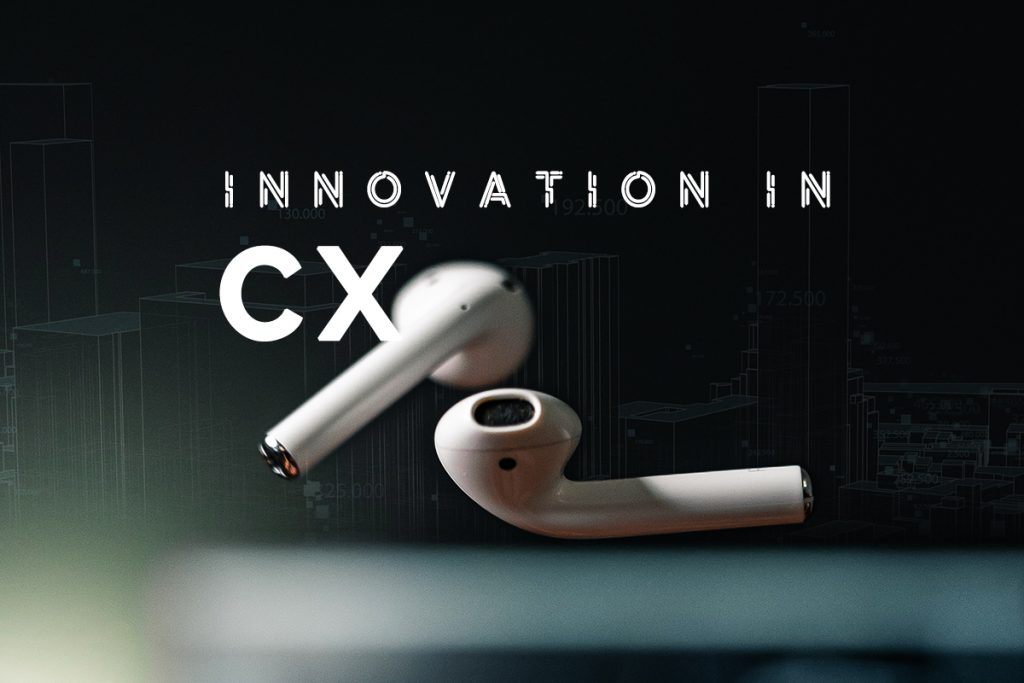In 2021 contact centres are pushed to advance to the next level of modern technology architecture for two reasons: to catch up with the growing customer experience expectations and prolonged lockdowns. The modern architecture upgrades and provides an enhanced way of managing data, automating processes, operating remotely on the cloud, and seamlessly integrating to any third-party tools to offer an optimal customer experience. The innovations in modern contact centres can help companies to maximize process, and people’s efficiency at all levels. Here are some technological advancements which can help improve productivity in contact centres.
Omnichannel
An omnichannel contact centre facilitates customers to contact through multiple channels across different touchpoints and the interactions are funnelled to a centralized communication channel in realtime on the agent’s end. The touchpoints can be at web or app, via chat, or a social media post — the information about the interaction is instantly available across the system. For instance, when a customer raises a query about a product to a care executive through voice and got disconnected, and reaches out through chat, the conversation can be picked up from where it was left off. The system enables the agents to access previous customer interactions across touchpoints for more contextual consumer resolution.
Cloud-platform
Contact centres that use cloud networks on the internet to operate are called cloud-based contact centres or VOIP(Voice Over Internet Protocol). Almost all top enterprise contact centres have moved to the cloud. It is faster to set up, significantly low cost per call and easier to store the call conversations. It reduces the infrastructure dependency, cost burden on the hardware and desk set up, and removes the agents’ dependability to be tied to the desk.VOIP being wireless broadens the geographic horizons by opening opportunities for remote work. At present when the gig economy is on the accession, companies can benefit from greater scalability and flexibility to have an optimal on-premises to remote workforce ratio.
Automation
Some tasks performed in contact centres are repetitive and are done manually, which adds up to the fatigue in agents. Automation can replace repetitive tasks, and free up agents to focus their energy on complex customer interactions. Automation like IVR (Interactive voice response) and chatbots can be available 365/24/7. Not just a self-serve engagement channel, but automation in supporting applications like realtime data push in CRM, automatic ticket assignments, and many others for faster functioning.
Security
Data security and management have been a challenge for companies for the past few decades. Since there is a lot of vital data involved during customer service, and without a good security system, companies or organizations can face cyber attacks, data theft, data leakage. Customer Data is one of the most valuable assets of any company. Modern contact centres use end-to-end encryption for security and privacy where the communication channel is connected between the user and the agents preventing any third parties to access data. During the pandemic, most of the contact centres were functioning remotely and were using their household internet to do customer service. Unlike office spaces, home internet service providers do not have a secure channel and are prone to cyber-attacks. This is where VPN(Virtual Private Network) comes into action. A VPN can help reroute the internet through a secure server where no third parties can interfere, adding an extra layer of security. Agents are recommended to use a VPN while working remotely. On the other side, users are recommended to use solid passwords, two-factor authentication, and numerous other safety measures for better data safeguarding.
Artificial Intelligence
AI is the next big thing in the contact centre industry. According to a recent report, more than one-third of the contact centre industry has already invested in this technology, and are figuring out ways to integrate it with the business. AI is being used for call-rerouting, self serve service, IVR(Interactive Voice Response), data collection, and many other applications. AI with machine learning can help predict the future user’s interactions, helping in better customer satisfaction. AI can help to manage email by categorization and sending them to the right person, each email can be personalized according to contents in the mail.
Reasons for the pursuit
Customers expectations are intrinsic and it’s always growing, putting organizations under pressure to propel forward to deliver a better CX. Either them or it’s the competition. Companies consistently incubate technological and process innovations to align with their business strategies. Choosing the right practices at the right time can look like offsetting the priorities at times, but eventually, it’s a sound trade-off whereas a lack of innovation can be a forfeit from a macro perspective.

